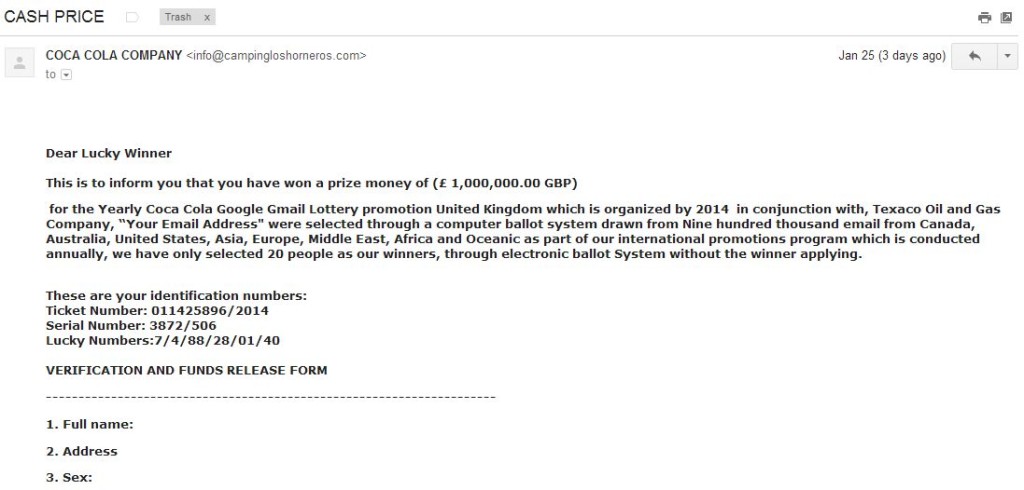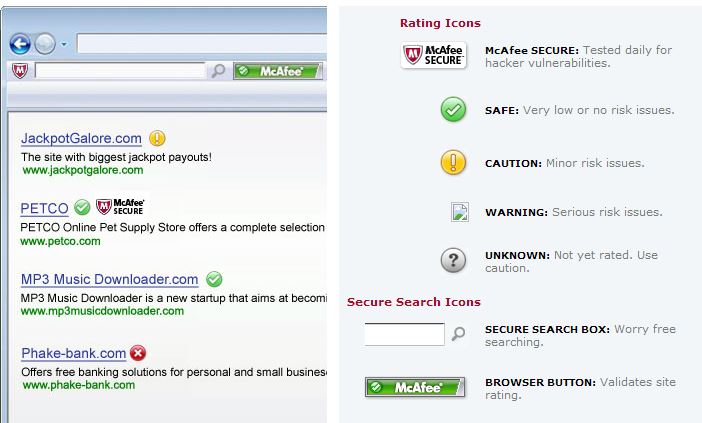I win frequently in some lottery, get my credit card details changed, get free ransom gift vouchers and job opportunities from Coca-cola, White House, RBI and of course the list doesn’t end here and there is only one name to all of this – SPAM! There is not one day that I have not received spam e-mails! And yes, this type of phishing increases every day.
Recently, I also happened to see a TV show, where some people who lost their money for the cost of believing on a spam mail, shared their experience. And now, its time for us to stay informed and be aware! Lets see how you can identify spam mails and how to react to them.
Check the From address
This is your first key to determine whether its spam or not. Hackers are clever to design a near authentic e-mail to send you phishing mails, but you can be smart enough to find the difference. Consider you are getting mail from a bank, then the email-id should be aaa@xbank.com and not xbank@gmail.com.
Look for your name in Salutation
If the email is specific to you, it should always be there in the mail. Instead, if the mail reads – Dear Customer or Hello There and you are one in the bcc list, time to be alert!
Doubt on Misleading URL’s
The ultimate aim of phishing is this! The hacker might try to take you to some malware site, just to execute what he needs. Read the links in your mail twice and if its not legitimate think before clicking on them. And yes, if the URL is shortened, make use of some expander service to see the full link.
Suspect the Forms
Say you have clicked a link from your mail which says “your credit card account has been compromised”. And there in the webpage, it asks you to fill all details and pin? Do not do this! Its never safe and the best thing you can do is to call your credit card provider.
Check for spelling and grammar
Most of my spams have had bad spellings and worse grammatical errors, so its always advised to read a mail which asks you some information twice, before proceeding to do it!
Note the Date Format
If you notice the date formats, the MM/DD/YYYY is mostly followed.
Control yourself and anticipate an exploit
Its human tendency to excite for a surprise lucky draw. But remember that you will not win in something you had never participated or even known about. Instead, suspect the mail to be scam and delete it. If you have clicked already on the link and found it to be misleading, change your account password. Remember that no bank will mail you asking to change the password!
Encapsulate your Browser
There’s no escape for anyone in the world with mail accounts from phishing mails, so its better add some protection to the browser you are using to avoid accidental clicking of links. Add-ons like McAfee SiteAdvisor and Web of Trust will alert if you are into some malicious website.
Join me in the war! Have anymore tips to avoid phishing attacks? Let me know in comments!



